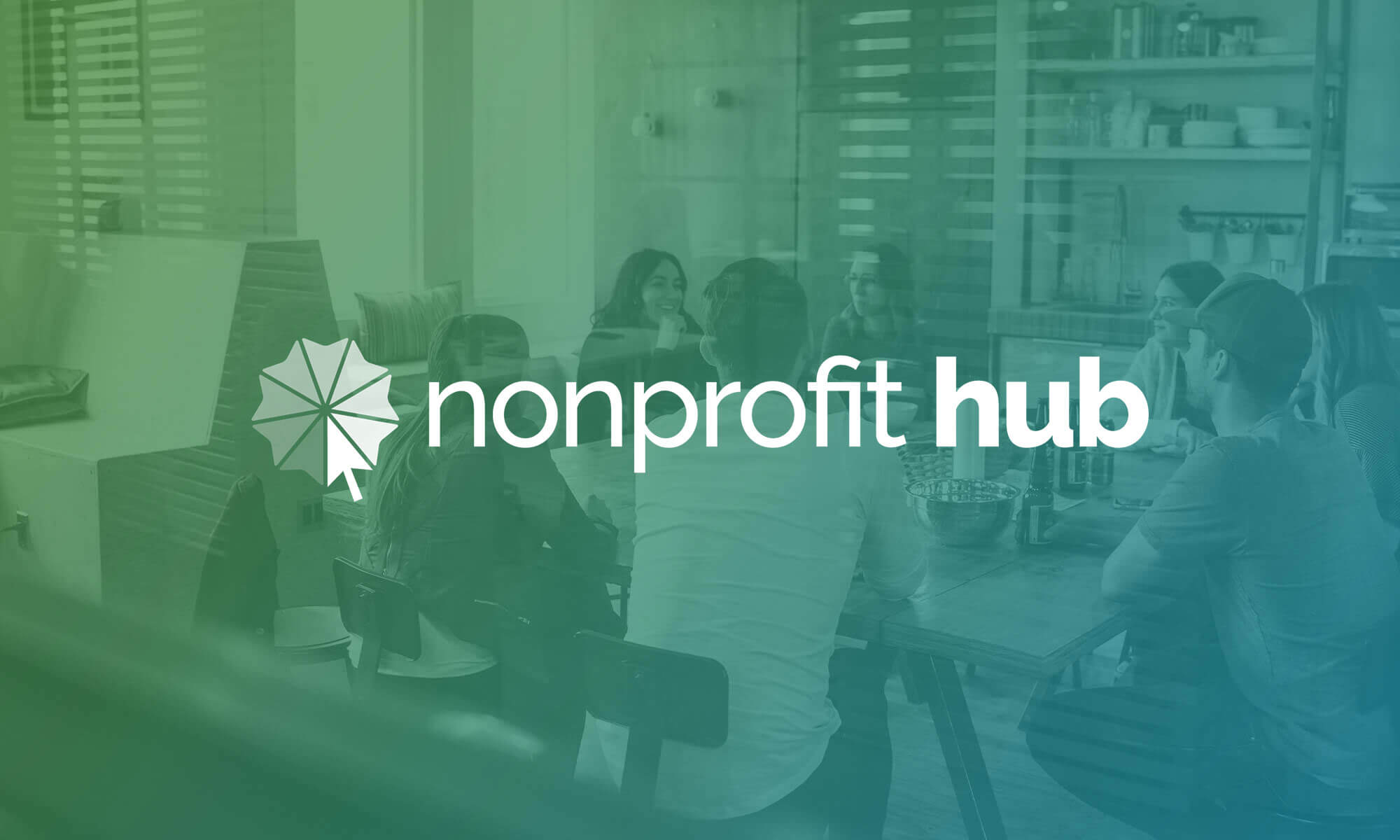Assuming the United States hasn’t dissolved in a Mayan Apocalypse by then, at midnight on December 31st, something’s going to happen.
And that thing has to do with the fiscal cliff.
In case you’ve been in a cave or just avoiding several months of media speculation, the fiscal cliff is one way to refer to a compilation of automatic spending cuts and tax cut expirations that will go in effect come the New Year. These revenue boosting measures are a response to the United States’ ever-increasing deficit.
The effect of the fiscal cliff cuts would be dramatic. While the United States’ deficit would be heftily reduced, allowing the cuts to go through would almost certainly send our economy back into recession and raise national unemployment, two things no one wants during our current, tentative recovery.
What Nonprofits Stand to Lose
Nonprofits are nervous about the fiscal cliff, like all of us, because of the uncertainty it represents.
For one, since no one’s eager to “go over” the fiscal cliff and enact measures that’ll be felt throughout the economy, our politicians are looking for compromises and revenue-boosters that will be less crippling. One potential measure that has a significant amount of bipartisan support is limiting tax deductions by putting a dollar or percentage cap on how many deductions can be claimed.
While the theoretical deduction cap isn’t aimed at cutting into charitable deductions specifically, it isn’t hard to see why the deduction cap would indirectly affect charitable directions.
Here are the three most significant deductions claimed:
- Local and state tax deductions
- Mortgage deductions
- Charitable deductions
Which of these deductions are the most expendable for the average American? You’ve got it: the charitable deductions. While many could cut back on charitable giving, cutting back on local taxes and mortgage obligations is difficult to impossible, and the deduction cap could be maxed by these deductions long before the charitable ones can be claimed.
In other words, a cap on deductions, while not levied at charitable deductions in particular, would certainly affect some donors’ ability to give, and lower nonprofit revenue.
Reframing the Debate
In other words, nonprofits have a logical reason to worry. If avoiding the fiscal cliff prompts a cap on deductions, it will mean lowering donations for some, as a result of a smaller sum of donations to spread around nationwide. Some organizations wouldn’t feel the loss, but others would be impacted disproportionately.
However, the fiscal cliff debate is complex and doesn’t suggest easy answers. While a cap on deductions doesn’t make the nonprofit world smile and dance for joy, many alternatives aren’t particularly delightful.
For instance, if our political representatives allow the fiscal cliff measures to go in effect unmodified, the negative effect on many nonprofits would be huge. Across-the-board spending cuts means that nonprofits that depend in part or whole on governmental assistance would be in dire straits—and many people whom nonprofits support would suffer as their public services (transit, libraries, etc.) lose funding.
While nonprofit leaders’ natural, justifiable first response is to send in a letter to their representatives, pick up a sign and go protest any deduction cap measures, we wonder if there’s a better way to frame the debate. The current political gridlock is a direct result of partisan representatives being more concerned about protecting their bottom line than compromising—or proposing effective solutions. Are we doing the same thing?
Jan Masaoka at Blue Avocado offers a great wake-up call about the fiscal cliff (emphasis ours):
“I’m not suggesting that we reconsider this tax deduction.
I am suggesting that we consider other aspects of tax policy beyond the charitable deduction. For instance, we nonprofits should consider ideas such as a floor (rather than a cap) for itemized deductions, charitable deductions as related to estate taxes, taxes on donor-advised funds that are the same as taxes on private foundations, and more. I’m disappointed that we have limited the tax topics on which we weigh in.”
The New York Times discusses alternative solutions:
“It’s a mystery to me why the discussion has only focused on itemized deductions rather than capping total expenditures, like the preferential rate for capital gains and dividends,” William Gale, co-director of the Tax Policy Center, said. “Take capital gains. That should be a prime candidate for curtailing tax expenditures. You could apply a 15 percent rate to the first $50,000 and then raise it to 25 percent or even the level of ordinary income.”
How can we, as nonprofit advocates, reframe the debate so it’s not just “save our deductions,” but “find a revenue solution”—while still minimizing negative impact on our donors? Can we rise above the first reaction to only protect our bottom line?
Why Nonprofits Need to Stop Worrying About the Fiscal Cliff
The fiscal cliff and its potential solutions are complex, its solutions hard to predict and ultimately, something the average nonprofit organization can’t do much to affect.
Things like charitable deduction caps and the fiscal cliff will almost certainly affect your bottom line in some way, but the truth is … that no really knows how.
In other words, while it’s interesting and important to be aware of how our fiscal state affects your nonprofit on a day-to-day level, it doesn’t help to wring your hands about the fiscal cliff. In fact, by worrying about what can’t be changed, you might be hurting your organization’s efforts.
It’s easy to blame external factors for our failures and difficulties, because we aren’t in control of them. If your nonprofit fundraising does poorly this quarter, it’s comfortable to blame the economy or your donors for not being generous enough. You aren’t responsible for their actions.
What’s more difficult, but infinitely more valuable, is staying focused on the factors that are in your control, and the things you CAN change.
Your nonprofit can always educate itself on how to fundraise better. You can always get better at creating real emotional bonds between you and your donors. And you can always learn to be a better marketer. These things won’t change if charitable deductions do.
In fact, truly effective nonprofit organizations will be more important and valuable than ever in a post-fiscal cliff United States. As government funding takes financial hits, who will the public be able lean upon? Their nonprofit organizations.
Really great nonprofits stand to benefit in 2013. The organizations that succeed will be those who can look their donors in the eye and say:
“We know you aren’t here for charitable deductions.
We know you’re here to make a difference in the world.
But some aren’t as committed. So we need your help to make this our best year yet. This year, what you can help us do is more important than ever.”
Something’s going to happen about the fiscal cliff. Your organization can’t change that fact.
But choosing to grow—and to change the world—is completely up to you.
What’s your organization doing in light of the changing fiscal climate?






